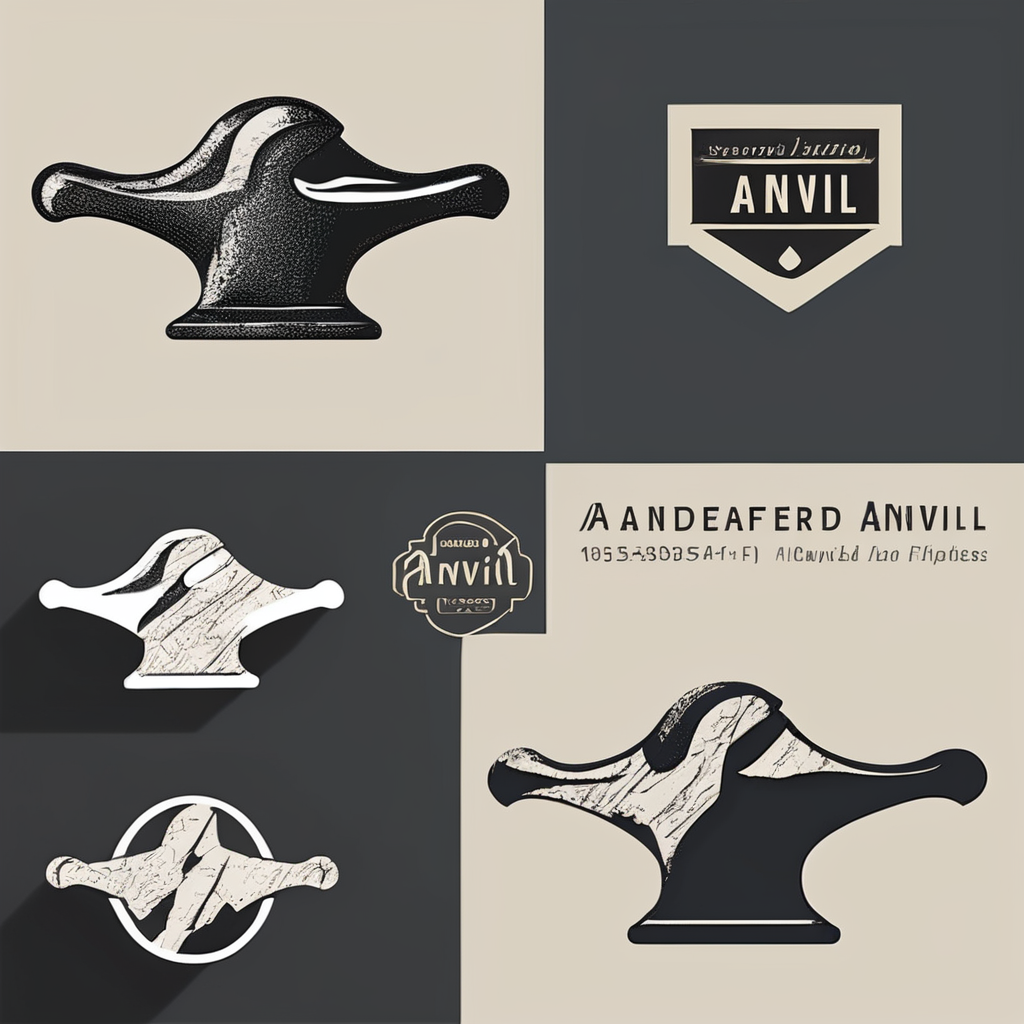Importance of Thatched Roof Preservation
The historical significance of thatched roofs is deeply rooted in the architecture of UK cottages. Traditionally, these roofs have not only provided shelter but also embody the heritage of communities across the country. Their preservation maintains the cultural essence of historic buildings, safeguarding them for future generations.
Preserving thatched roofs brings an aesthetic appeal that is undeniable. The unique texture and natural colour of thatch contribute significantly to the charm of countryside properties. This distinct appearance can enhance property value, attracting buyers or tourists enthused by authentic aesthetics.
In the same genre : Revive your space: premier upholstery services in London
Notably, thatched roofs also offer environmental benefits. Made from sustainable materials like straw, reed, or heather, these roofs are eco-friendly. Such materials are renewable and generally have a lower carbon footprint compared to modern roofing solutions. Embracing traditional roofing methods supports sustainability efforts and reduces environmental impact.
Choosing to preserve a thatched roof aligns with conservation goals while celebrating its historical and aesthetic value. The advantages stretch beyond mere preservation, encompassing economic, cultural, and ecological incentives. As such, homeowners, architects, and conservationists should collectively recognise and promote the benefits of thatched roofs. By valuing these historic treasures, we ensure their stories and benefits subsist within an ever-modernising world.
Also to see : Why Are Sustainable Materials the Future of UK Home Decoration?
Regular Maintenance Practices
Regularly maintaining your thatched roof is crucial for its longevity. Establishing a maintenance schedule keeps your roof in prime condition and prevents costly repairs. Consistent upkeep strategies are necessary, starting with annual assessments. Inspections should be aligned with each season to address different weather impacts effectively.
To achieve high precision maintenance, some key tools include ladders, cameras for close inspection, and thatching needles. These tools help check and repair areas needing attention, ensuring minimal damage risk during upkeep.
Professional inspections play an integral role in maintaining your roof. Experts can detect subtle signs of wear that might be overlooked otherwise. Notably, their services provide peace of mind, ensuring that your thatched roof gets the care it truly requires.
On top of regular inspections, having a consistent maintenance schedule also involves routine cleaning. Removing debris promptly will help prevent rot and moisture retention, essential for roof health. Moreover, timing these tasks appropriately against weather patterns reduces the probability of damage.
Overall, a meticulously crafted strategy backed with professional insights ensures your thatched roof remains a vibrant and robust testament to architectural heritage. It not only preserves its functionality but enhances its aesthetic appeal, keeping it a valuable asset to the property.
Cleaning Techniques for Thatched Roofs
Proper cleaning techniques are essential for maintaining the health and appearance of thatched roofs. The method chosen can significantly impact durability and aesthetics, with brushing and pressure washing being common options. Brushing, a gentler method, helps maintain the structure and integrity of the thatch, preventing damage that can occur from harsh treatments. Conversely, pressure washing, while effective for removing tough debris, requires caution to avoid loosening the thatch or driving water into the roof structure.
To effectively remove debris without harming the thatch, employ a soft brush to clear leaves and dirt, paying special attention to not disturb the compact layers of the roof. This approach preserves the natural layout, ensuring both longevity and insulation efficiency.
Preventing moss growth is another crucial aspect of thatched roof care, as it retains moisture, promoting rot. Regular checks and using appropriate chemical treatments can deter moss and algae, sustaining the roof’s health. Environmentally friendly deterrents can be applied after clearing the debris, balancing preservation with ecological consciousness.
By following these safe cleaning methods, homeowners can ensure their thatched roofs remain robust and visually appealing, intertwining traditional charm with modern maintenance practices. With careful execution, these techniques protect the investment in this historic roofing style.
Identifying Signs of Wear and Damage
Regular inspections of thatched roofs are crucial for identifying signs of thatch damage, ensuring their longevity. Common indicators include discoloration, uneven surfaces, and missing or broken straws. These issues can significantly impair the roof’s protective capabilities, necessitating prompt remediation.
Inspecting a thatched roof requires vigilance and an understanding of what constitutes early warning signs. From the ground, discolouration and birds pecking at the roof might indicate underlying problems. Up close, look for loose or frayed thatch, as these signs of wear can lead to more extensive damage over time.
Early detection and addressing of issues are vital. Delayed repairs can escalate into significant problems, potentially compromising the roof’s structure. Thorough, regular inspections and maintenance prevent minor wear from evolving into costly repairs. A maintenance schedule that includes frequent checks aligns with this goal, ensuring the structure serves its aesthetic and protective functions effectively.
Timely repairs, guided by a professional if needed, fortify the roof against further deterioration. Utilize expert knowledge to ensure repairs integrate seamlessly with existing materials. In doing so, homeowners can safeguard the integrity and beauty of their thatched roofs, preserving both their historical essence and functionality.
Seasonal Care for Thatched Roofs
Effectively managing thatched roof care requires adapting to seasonal changes. Different weather patterns pose distinct challenges; therefore, maintaining your roof’s integrity demands year-round attention. In the spring and summer, focus on addressing any deterioration caused by winter’s harsh conditions. Routine cleaning is crucial during these milder months, as it prepares the roof for the wetter seasons.
During autumn, fallen leaves may accumulate on the thatch, requiring regular removal to prevent moisture retention. As winter nears, the roof should be prepared for heavy rainfall and potent storms. Ensure the thatch is compacted properly, focusing on strengthening weak areas to withstand increased water weight and wind pressure.
UK weather presents unique challenges, such as prolonged dampness and temperature fluctuations, both of which can affect the roof’s longevity. Therefore, scheduling repairs and preemptive checks in early autumn is recommended. These checks are vital for identifying potential weak points or emerging issues resulting from earlier weathering.
Professionals specialising in thatched roof care can pinpoint adjustments required for different seasons. Regular consultation helps avoid extensive damage, maintaining both the roof’s functionality and its historic charm. Understanding and adapting to these seasonal demands improves the durability and appearance of your thatched roof, prolonging its lifespan significantly.
Compliance with Heritage Regulations
When dealing with heritage regulations, the preservation of thatched roofs on historic buildings in the UK is governed by strict guidelines. These guidelines ensure that the cultural and historical integrity of these structures is maintained. Compliance with preservation guidelines is necessary for conservation efforts and legal protection.
One essential consideration is the listing status of a property. Many cottages with thatched roofs are listed buildings, meaning any alteration requires permission. Understanding which aspects of the roof fall under these regulations is crucial. Commonly, these rules govern the materials used and the preservation of the roof’s original structure and appearance.
Maintaining compliance is vital for protecting heritage properties and can have legal implications if ignored. Homeowners may face consequences if changes do not adhere to the outlined standards. Staying informed about these requirements ensures a smooth restoration process and protects against potential legal issues.
For those navigating the legal considerations, numerous resources are available. Heritage organisations, local planning authorities, and professional conservators offer guidance and support. These entities help ensure that any preservation or restoration work aligns with statutory requirements and contributes positively to preserving the country’s architectural heritage. Engaging with these resources empowers homeowners to make informed decisions about their property’s care.
Case Studies of Successful Restorations
Exploring real-life examples of thatched roof restorations unveils the intricacies of preserving these cultural treasures. These projects highlight diverse restoration techniques, each tailored to the unique needs of historical cottages. One notable example involves a quaint village cottage where innovative approaches were employed to replicate original craftsmanship. By using authentic materials and adhering to tradition, the project not only restored the roof’s structural integrity but enhanced its historical authenticity.
Lessons learned from these restorations underscore the importance of employing skilled craftsmen with experience in traditional methods. Successful projects reveal that meticulous detailing in matching thatch patterns and using region-specific materials significantly impacts the outcome. This attention to detail ensures that the restored roof remains true to its historical roots while gaining modern durability enhancements.
Moreover, the success of these projects often hinges on community engagement. Local support and involvement create a sense of collective pride and contribution towards preserving historical landmarks. Community-driven efforts have been instrumental in securing funding and resources for many restoration initiatives, reflecting the communal nature of heritage conservation.
These detailed examples serve as a testament to the enduring appeal and historical value of thatched roofs, offering inspiration and a blueprint for future preservation endeavors.










